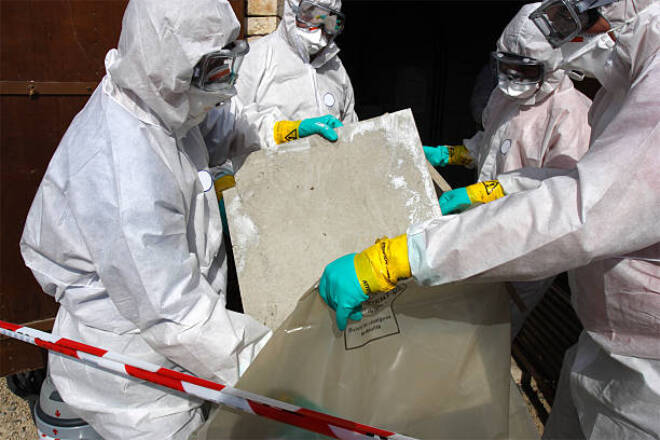WorkSafeBC is reminding homeowners to be aware of asbestos-exposure-related diseases during home demolition and renovation projects.
“Homeowners must get their homes tested for asbestos before renovation or demolition work begins,” said Suzana Prpic, senior prevention manager for WorkSafeBC, in a news release.
“While there are monetary costs associated with asbestos surveying and safe abatement, the human cost of not doing this is far greater.”
Prpic advises that breathing in asbestos fibres can cause serious health problems such as permanent lung damage, lung diseases and terminal cancer, noting most asbestos-related diseases have a 20-50 year latency period before they become fatal.
In the last decade, WorkSafeBC accepted more than 1,100 claims for workers who were killed by occupational disease related to asbestos exposure.
Asbestos-containing materials (ACMs) can be found in more than 3,000 pre-1990s building materials, such as vinyl and linoleum floors, stucco, insulation, shingles, gypsum board filling compound, incandescent light fixture backings and deck under-sheeting.
“There are more than 700,000 homes in B.C. built before 1990, meaning it’s highly likely that some parts of these homes will contain materials made with asbestos,” said Prpic.
While no percentage of Okanagan community homes were included in that assessment, WorkSafeBC indicated 32 per cent of Greater Vancouver homes were built before 1990.
WorkSafeBC says prior to a home demolition or renovation, homeowners must hire a qualified testing company or asbestos surveyor to identify if ACMs will be disturbed during the work.
If ACMs are found, homeowners must then hire a qualified asbestos abatement contractor to remove and dispose of materials.
“Asbestos is only harmful when materials containing asbestos are disturbed,” explained Prpic.
“Often, however, ACMs are hiding in plain sight, in materials like flooring, tiles, shingles, and light fixtures.
“That is why it is critical homeowners hire the right experts who know where to look for it, and how to safely remove it.”
Diseases related to inhalation of asbestos include mesothelioma, lung cancer, diffuse pleural thickening or fibrosis, asbestosis, benign pleural effusion, larynx or pharynx cancer, and gastrointestinal cancer.
Of those illnesses, mesothelioma is the only cancer almost exclusively caused by asbestos exposure. Malignant mesothelioma is a rare, aggressive form of cancer. Typically, patients survive about one year after diagnosis.
READ MORE: B.C. moves to licence, regulate asbestos removal industry
READ MORE: Clean-up firm slapped with record WorksafeBC fine tied to lack of asbestos protection

